Explaining Customer Acquisition Cost (CAC)
A business’ CAC is essentially a reflection of how hard and expensive it is for the business to get its current caliber of customers in the door. Customer Acquisition Cost can be reduced by adjusting sales and marketing, or targeting new markets with different budgets and goals.

WHAT EXACTLY IS CAC?
A business’ CAC is essentially a reflection of how hard and expensive it is for the business to get its current caliber of customers in the door. Customer Acquisition Cost can be reduced by adjusting sales and marketing, or targeting new markets with different budgets and goals.
To calculate CAC, divide your total sales and marketing costs by the number of customers you acquire over a certain period. If you spent $10 to acquire 4 customers over a month, your CAC is $10/4 or $2.50.
Businesses calculate CAC to gauge their profitability and see how sustainable their current efforts are. A lower CAC is almost always better; it shows you are properly optimizing your marketing and sales budget, and that your message resonates well with the market.
“Being able to determine customer LTV and Cost of customer acquisition is absolutely critical for any company that is engaging in a concerted effort to build an effective sales and marketing apparatus.
— Eric Clay, CEO of Vale Creative
CAC AND LIFETIME VALUE (LTV): FIND A BALANCE
The CAC of acquiring a new customer is significantly higher--think 25 times higher--than of selling to an existing one. This makes sense; new customers have far fewer reasons to trust you when you market to them and will take more time to warm up to your business, making it cost more to rope them in. But while current customers are easier to sell to, you only have so many current customers to sell to, and they will grow irritated (and raise your CAC) if you sell to them too often.
Solely optimizing the number of new customers isn’t the best strategy either. If your new customers’ lifetime value decreases proportionally to the cost of acquiring them, you will see little to no revenue increase from the lower CAC.
However, a consistently high LTV combined with a low CAC will always yield good margins. Thus, a balance of focus on LTV and CAC is the best combination to help your business grow.
“It’s very important to track Customer Acquisition Cost (CAC) so you can narrow your cost by source, and then determine which sources make sense to pour more money into, and which you should optimize, and then which you should cut completely. If you fail to track your CAC, you are going into your sales and marketing process blindly and are likely wasting a lot of money.

A solid LTV is incredibly important, especially in a competitive market. Focusing on and estimating a high LTV allows you to be comfortable spending more to acquire customers, knowing that they will repay you in time.
Consider a business focusing on quick profitability competing with a business that markets with a high LTV in mind. The second business would win the market share every single time. It sees more value in getting a customer, meaning it can afford better marketing, making itself more attractive to customers and beating the first business at its own short-term game. Market share is market share; regardless of how profitably you obtain it, you will win as long as you can keep more of it than the competition.
When planning, shoot for a high ratio of LTV/CAC. This is what counts. As long as you can pay to acquire future customers and receive 3x the CAC, 5x CAC, or more from them over time, the specific values per customer do not matter if you can find enough people to market to. Consider these two situations:
$6 LTV/$1.50 CAC = 4X ratio
$12 LTV/$3 CAC = 4X ratio
$750 invested would yield $3000 through both; while the first CAC is smaller, the ratio is the same so the specifics do not matter.
“I think metrics like CAC and LTV are more important than overall revenue tracking. If you can get truly loyal customers in a large enough number, they will essentially “sell” your business for you by talking it up to everyone they know.
— Dan Bailey, President of Wikilawn
OPTIMIZING ACQUISITION
Paid ads and cold outreach are popular ways to pick up new customers, and they can work well. The returns are quantifiable and your message can quickly be iterated upon.
But these methods are in a decline. Customers see over 5,000 digital ads a day; cold calls, messages, and emails are ignored and deleted by the dozen. In their place, marketers are seeing a rise in handwritten notes.
Marketers abandoned direct mail a while ago because printed mail was ineffective and handwritten mail took too long to write. They were willing to give up personalization, 99% open rates, and jaw-dropping ROI to save time by scaling digitally. But with IgnitePost’s automation, time is no longer an obstacle to the benefits of a handwritten note.
Own a Shopify store? You can send personalized handwritten notes, within our free Shopify app, triggered by almost any event within your store. We’ve also got a Zapier integration and an easy-to-use API to ensure any store can 10x their conversion rate.
Interested? Take a look behind the curtain at how exactly our handwriting tech scales a business in just three simple steps:
Read more insights
-min.png)
Get expert insights for real mail campaigns
Everything you need to launch, run and scale handwritten card mail campaigns. Subscribe today!


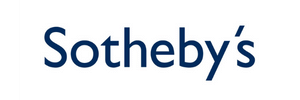

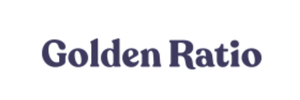




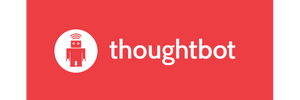
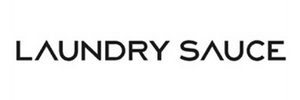
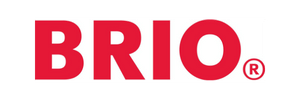



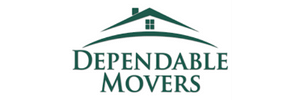
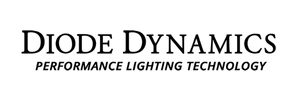








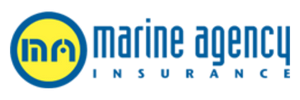


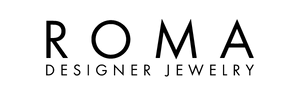



Ready to create your first magic moment?🚀
Start using IgnitePOST today. It's free to signup!
No contracts, no commitment and unbelievable support.
.svg)



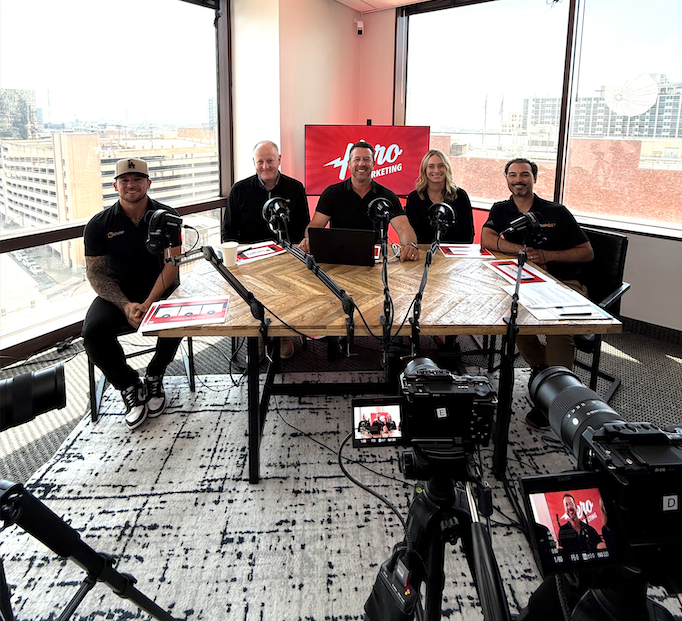



.png)